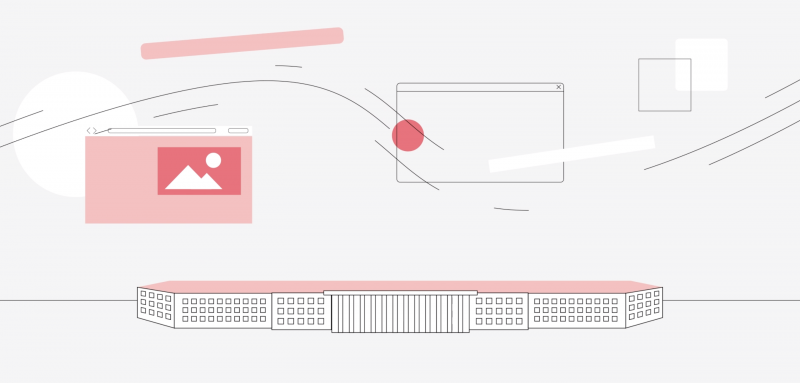Over the past decade, the Department of Defense (DoD) has widely adopted the Linux open source operating system. Linux offers stability, reliability, reduced risks, and support for a wide variety of processor architectures and configurations. And those are just some of the reasons why DoD standardized on Linux back in 2007. It’s also why so many agencies rely on it today for IT modernization, integration and development, as well as digital transformation and DevOps.
But how can you get the most out of Linux? Should you go for the free software, or would it make sense to go through a vendor that can provide support, security and upgrades?
There are pros and cons to both approaches. The free version is, well, free – at least on face value. But what about the hidden costs? Think about your IT staff and the time spent to perform upgrades and troubleshoot. It’s not necessarily a set-it-and-forget-it situation.
Let’s also compare the go-at-it-alone approach with the enterprise Linux approach. While both may be based on the same open source code, much of the comparison ends there.
It’s not hard to understand why so many agencies choose the enterprise Linux approach.
First, it lets you hit the ground running: Your Linux distribution comes in the form of hardened, ready-to-use software. The software and operating system remain updated, enhancing performance and reliability. And with those features, you’ll have fewer of the annoying aspects of software development and management, like unplanned outages and other unanticipated roadblocks.
Second, it enables modernization. DoD is working hard to modernize its digital resources, and enterprise Linux can go a long way toward achieving those goals. Greater agility and flexibility, along with continuously updated features, are helping agencies develop more agile IT environments and satisfy service requests more quickly, with less staff time required. The cross-platform portability of many enterprise Linux solutions means agencies can easily develop applications that work on different platforms, including mobile ones.
Finally, it lowers operational costs. A 2019 independent study by IDC found that organizations using Red Hat Enterprise Linux achieved an average three-year return on investment over unpaid community-supported alternatives. There are many reasons for these cost savings, including automated patching and updates, lower IT infrastructure costs, and fewer downtime incidents. The upfront investment can actually pay off more than the free version.
While there are plenty of reasons to consider enterprise Linux, security may be the best reason of all. Agencies have enough to do, keeping cyberattacks at bay, and don’t need the added stress of locking down Linux as well.
No matter which approach you choose, it pays to ask a few questions in advance.
- Do you have the skills in-house to manage everything associated with Linux? These include upgrading, third-party product integration, problem-solving and vulnerability response. If you don’t, enterprise support and training could fill the gaps.
- What is your tolerance for downtime? If your tolerance is very low, the Red Hat Enterprise Linux approach is probably the right choice.
- How much can you afford to spend? Nail that down first, and then evaluate your costs under both scenarios. You might be surprised at the results.
Linux is a proven operating system that’s getting better all the time. More agencies than ever are relying on Linux, while taking advantage of the security, analytics and reliability available with enterprise support.
This article is an excerpt from GovLoop Academy’s recent course, “Getting the Most Value From Linux,” created in partnership with Red Hat. Access the full course here.





Leave a Reply
You must be logged in to post a comment.